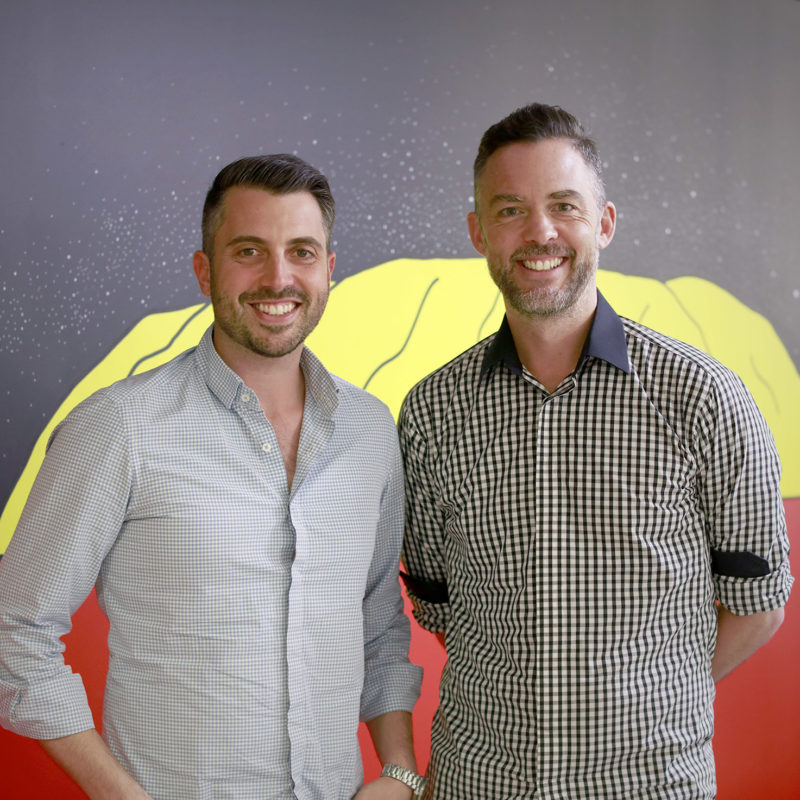Why BuzzFeed Australia isn’t screwed
BuzzFeed has been making global headlines for major job cuts in its US and UK offices. Mumbrella’s Zoe Samios sat down with BuzzFeed Australia’s general manager and editor in chief, Simon Crerar and David Nemes, vice president of brand strategy to discuss how the Aus office is bucking the trend.
In the last few months, more than 40 staff in BuzzFeed’s UK offices and 100 in the US have lost their jobs.
The cuts were part of an attempt by the publisher to change its business model and boost revenue, after The Wall Street Journal reported it would fall short of its revenue projection — of around $350 million — by about 15% to 20%.
By all accounts, the publisher’s global situation doesn’t look great.


